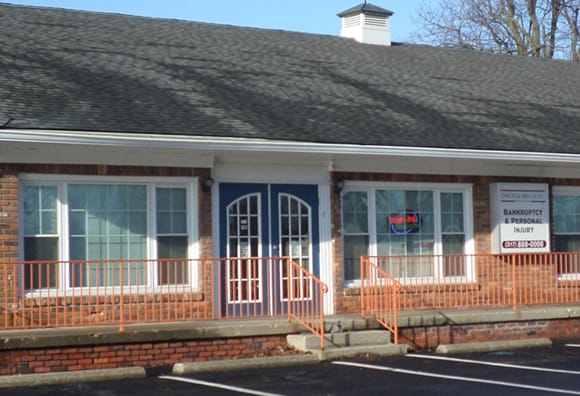The law often refers to certain bankruptcy cases as “personal bankruptcy” to distinguish them from business bankruptcy, but there’s another sense in which the name makes sense. Behind each personal bankruptcy case is a very personal story. This personal aspect sometimes gets lost when people talk about bankruptcy.
Statistics
For instance, a recent government report stated that the number of bankruptcy cases has been falling for the past two years. The Administrative Office of the U.S. Courts reported that bankruptcy filings dropped 16.5% in the 12-month period of March 2021 through March 2022. Business filings saw the biggest change, dropping 33.9%, but non-business bankruptcies fell by 15.7%. During the 12-month period that ended in March, bankruptcy filings totaled 395,373. In the previous 12-month period, there were 473,349 cases.
Given the economic turmoil of the past two years, there was bound to be a lot of change in the numbers of both personal and business bankruptcies. The steep drop in business bankruptcies strongly suggests that the economy is improving rapidly, especially for small businesses.
It’s also good news that the number of personal bankruptcies is falling, but their decline is lagging far behind that of business bankruptcies. This is an indication that, despite the fact that the economy is improving in some ways, many people across the country are still struggling with debt.
Personal
There are many reasons people fall into debt. Often, it’s through no fault of their own. Many people in Indiana fall into debt because of medical expenses. Whatever the reason, once you’re in debt, it becomes very hard to get out, especially after a job loss, an illness, an injury or some other event makes it difficult to earn money. Unpaid balances gather interest, and soon the person has fallen into a hole of debt that’s nearly impossible for them to climb out of on their own.
If you are in this position, you are not alone and there is help available. An attorney with experience in debt relief can help you understand your options, including personal bankruptcy.
Chapter 7 and Chapter 13
The two most common forms of personal bankruptcy are known as Chapter 7 and Chapter 13, after their placements in the U.S. Bankruptcy Code. Each type has its advantages and disadvantages, and each has its own eligibility requirements. In our blog, we often discuss the differences between these two forms of bankruptcy.
If you are in a deep hole of debt, seek out help before it gets any worse. A qualified attorney can speak to you about your options for debt relief.


